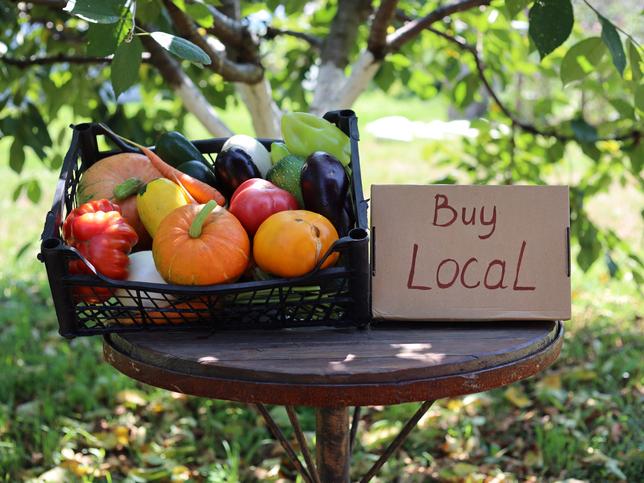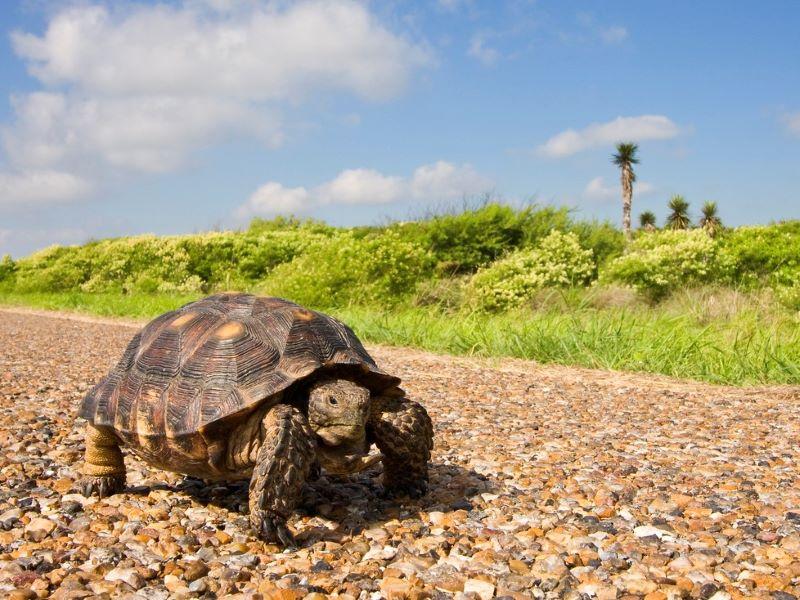Identifying, starting and sustaining a university-community collaboration can be challenging. But with planning and communication, projects can connect with local organisations, solve a problem or build trust well beyond their initial proposal. Based on our experience developing a farmers market in rural Indiana, we wanted to share a few pointers that might help others looking for ways to do similar outreach.
The Muncie Food Hub Partnership (MFHP) was formed in 2016 to develop solutions to our city’s food insecurity issues, while also working to support local produce farmers who lack access to markets and other places to sell their goods. MFHP was developed by a collaborative partnership of Ball State University (BSU) faculty, Muncie residents and students attending the university, among others. After a year-long food security assessment and consultation with community members, emergency food organisations and farmers, MFHP decided to develop a mobile farmers market to help residents in low-income, low-access neighbourhoods connect to fresh local food. The market has been in operation for five years and has had significant success in providing locally grown produce for people in Muncie and East Central Indiana through market sales in food deserts and donations to area food pantries, preschools and community centres.
- Five tips to enhance your institution’s civic engagement by working with public libraries
- We won’t get anywhere without placing the SDGs in local contexts
- Amplifying research: five features of successful impact generation
Originally funded by the Ball State University Foundation, MFHP is integrated into the environment, geology and natural resources (EGNR) department’s curriculum at BSU. EGNR faculty, including myself, along with postgraduate and undergraduate students operate the MFHP during the growing season, which runs from June to October. Students have the option to take the Community Engagement: Sustainable Food Systems course each summer or autumn semester to learn about food-system sustainability. The course has an intensive field component, in which students are integrated into mobile market operations. Funding from donations, produce sales, competitive grants and the EGNR department is used to pay for student wages during weeks when the course is not being offered, and to pay farmers for produce and other general operational costs.
The following tips are a few things we have learned that have led to longer-term success.
How to develop a relationship with a community partner
1. Spend time with potential partners. This will help develop the trust, mutual respect and shared commitment that are key to both organisational and academic outcomes. Community partners can vary greatly in size, function and experience in working with universities. Some may understand the constraints and timelines associated with academic semesters, but others may not be aware of these things at all.
2. Manage stakeholders’ expectations with regard to timelines and approaches to work. This can be helpful as the project both begins and as it matures. Universities, non-profit organisations, corporations and other bodies can have very different cultures, thus timelines, attitudes and problem-solving can also vary greatly. Nothing leads to stinging disappointment more than when a collaborator feels let down by something that didn’t work the way they thought it would. For community partners, often this has to do with the reality that change takes time. It is also true for students and those who are new to collaborative partnerships and larger projects.
3. Frequent and honest communication is essential. Be transparent with your community partner about how your university and/or your students are approaching the project and how you expect things to go as you move forward.
4. Seek out whatever information you can about potential partner organisations’ mission, culture, role in the community and services provided. Do you have colleagues who have worked with this company before? A conversation with them about their experience can be valuable. Your university may also have an office or unit that has worked with this partner before who can share why this particular organisation is valuable to your students and/or your scholarship.
5. Remember that partners do not just want to play the role of “community partner”; they want to enter into a partnership knowing that they bring value to the relationship and are important.
6. Document the scope of work at the beginning of the project. This can help with:
- selling the project to stakeholders such as employees, volunteers and board members
- managing expectations to avoid disappointment (“I thought the class was going to…”)
- ensuring that the collaboration can survive changes in staff and faculty.
Keys to project sustainability
Some projects are designed to only last a semester, others for a year or longer. The MFHP was a three-year project with the goal of becoming something that would go beyond that initial period. Here are a few strategies that might help you think about project sustainability:
1. Listen carefully to your partners’ needs, the needs and interests of their stakeholders and, if appropriate, those of the community at large. The more you can bring others’ wisdom to bear on the situation, the more this will be a “community”-engaged project. Listening to residents, the community and your partners, and acting together, places the project in everyone’s hands. This can bring strength and support. For MFHP, this was key – to avoid being a university-funded project barging on to the scene to do “X” work (and make the world a better place).
2. Start small and build momentum through consistent forward movement, even if it is in small ways. This will help your community partner and the community itself gain confidence in the work you’re doing. Too often, university-sponsored projects start then quickly fade for a variety of reasons: funding runs out, goals and strategies to achieve them are mismatched, community partners struggle with unrelated issues and do not have the time or resources to continue to commit, for example. Continuously (and even slowly or differently) moving forward inspires confidence and sends the message that you are in it for the long haul.
3. Help like-minded community organisations with their goals. This can bring goodwill, greater visibility and potentially more community support. MFHP volunteers and shows up at other organisations’ public events. MFHP has also given in-kind support and donations to other like-minded organisations. This goodwill can be helpful for everyone.
4. Report successes and challenges. Even small wins are important to report. But even more important is being transparent about barriers and challenges. This can help others see your needs and can work in your favour.
Joshua Gruver is associate professor of natural resources and environmental management in the department of environment, geology and natural resources at Ball State University.
If you would like advice and insight from academics and university staff delivered direct to your inbox each week, sign up for the Campus newsletter.




comment